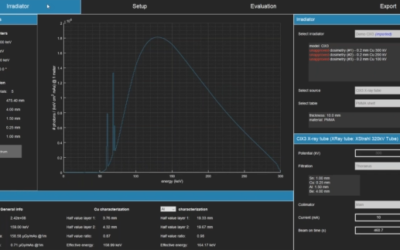Radiation-induced erectile-dysfunction (RiED) is one of the most common side effects of radiation therapy and significantly reduces the quality of life of cancer patients. Approximately 50% of prostate cancer patients experience RiED within 3 to 5 years after completion of RT. A series of vascular, muscular, and neurogenic injuries after prostate RT lead to RiED; however, the precise role of RT-induced neurogenic injury in RiED has not been fully established.
In their report “Cavernous Nerve Injury by Radiation Therapy May Potentiate Erectile Dysfunction in Rats“ JavedMahmoodPhD and et al investigated the role of CN injury, tissue damage, and altered signaling pathways in an RiED rat model.
Male rats were exposed to a single dose of 25 Gy prostate-confined RT. Erectile function was evaluated by intracavernous pressure (ICP) measurements conducted both 9 and 14 weeks after RT. Neuronal injury was evaluated in the CN using quantitative polymerase chain reaction, conduction studies, transmission electron microscopy, and immunoblotting. Masson trichrome staining was performed to elucidate fibrosis level in penile tissues.
There were significant alterations in the ICP (P<.0001) of RT rats versus non-RT rats. TEM analysis showed decreased myelination, increased microvascular damage, and progressive axonal atrophy of the CN fibers after RT. Electrophysiologic analysis showed significant impairment of the CN conduction velocity after RT. RT also significantly increased RhoA/Rho-associated protein kinase 1 (ROCK1) mRNA and protein expression. In addition, penile tissue showed increased apoptosis and fibrosis 14 weeks after RT.
It was concluded that RT-induced CN injury may contribute to RiED; this is therefore a rationale for developing novel therapeutic strategies to mitigate CN and tissue damage. Moreover, further investigation of the RhoA/ROCK pathway’s role in mitigating RiED is necessary.
This Xstrahl In Action was adapted from a article found on a National Library of Medicine website.







